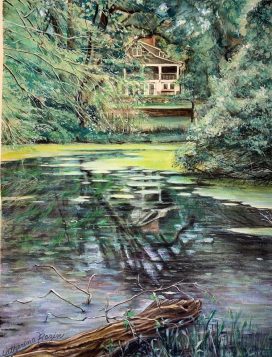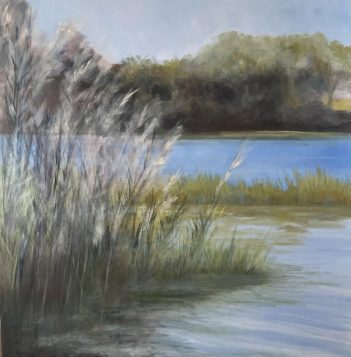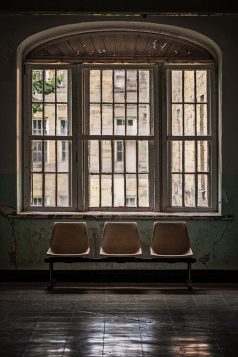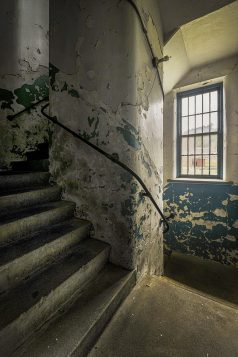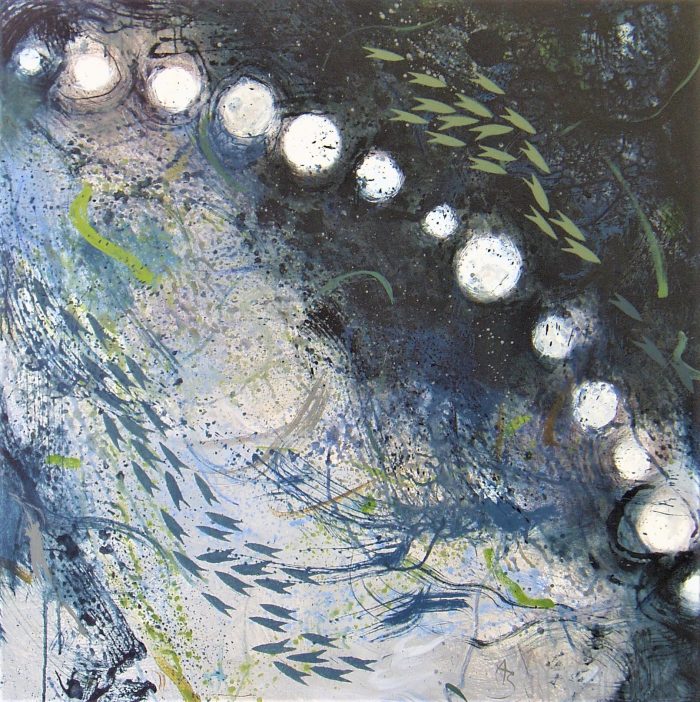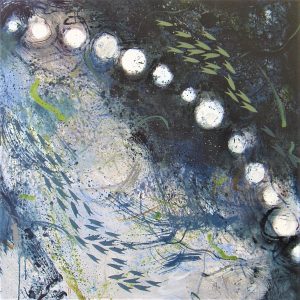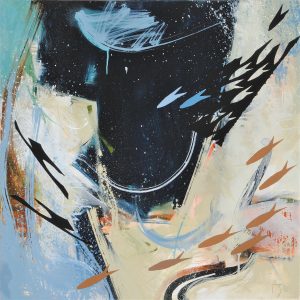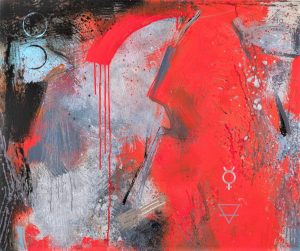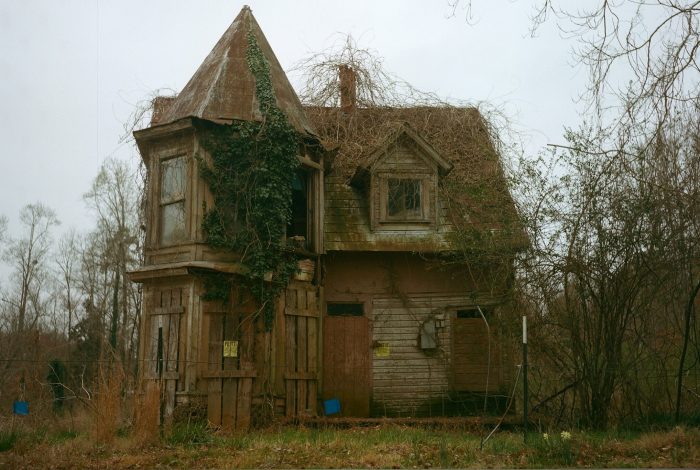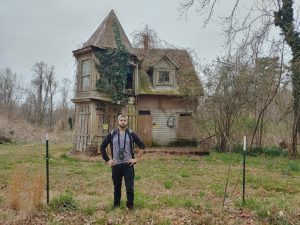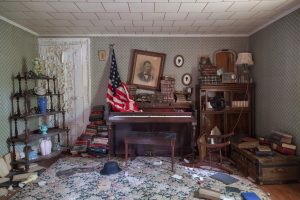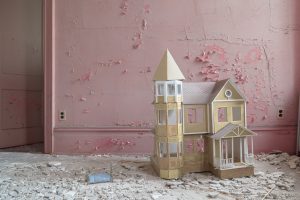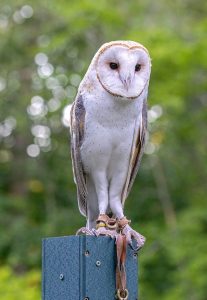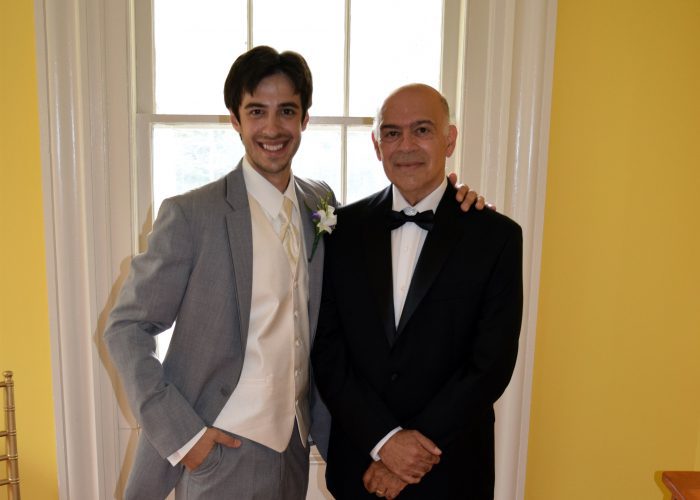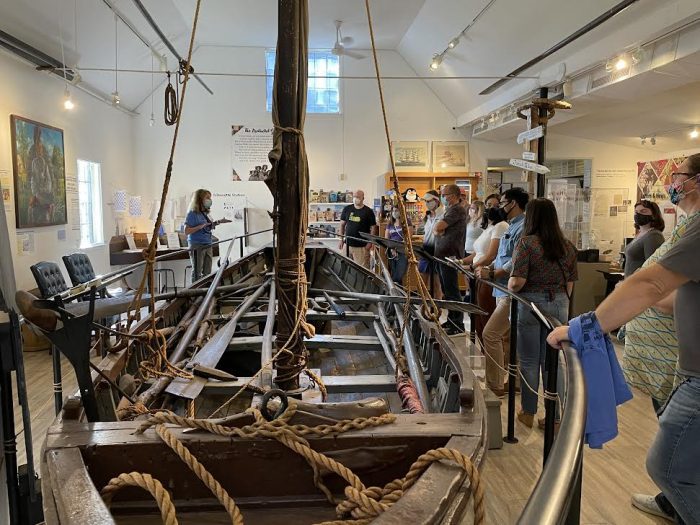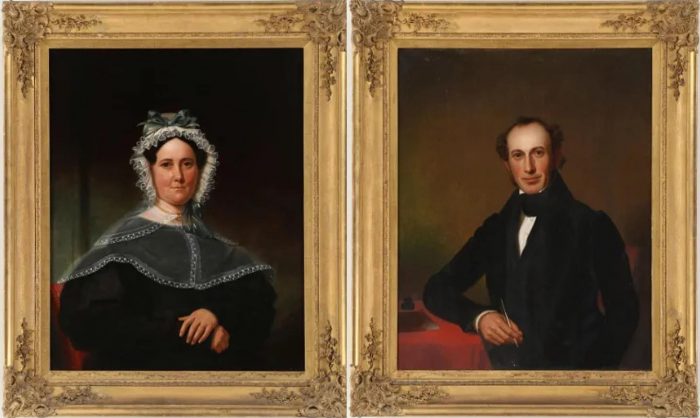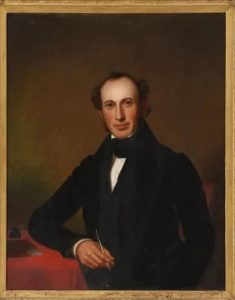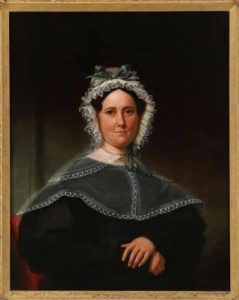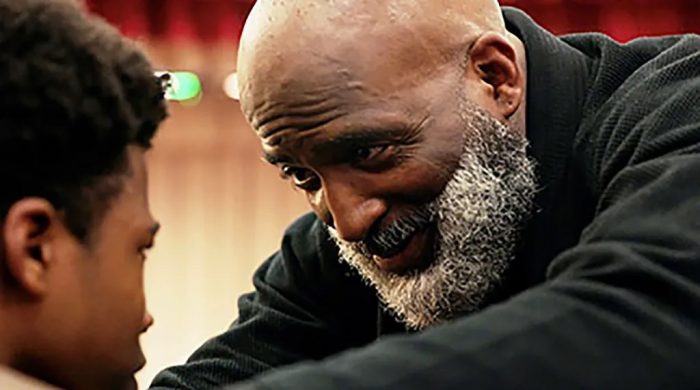By Tara Mae
Hoover the Goat has foreseen the future…of football. Located in Smithtown, Sweetbriar Nature Center’s resident sports seer has predicted that the Philadelphia Eagles will beat the Kansas City Chiefs in the Super Bowl this Sunday.
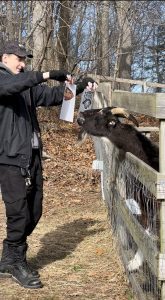
In a video posted to Sweetbriar’s social media accounts on Feb. 5, Hoover, who normally prefers hay, vegetables, and goat food, can be seen rather emphatically eating up the idea that the Eagles will take home the Vince Lombardi Trophy.
If there is a method to his magic (Hoover has correctly predicted the Super Bowl winner for the past five years) he has selected not to share it. When pressed for comment about his decisive digestives, Hoover declined to spill the oats.
Since he is not one to reveal trade secrets, the origin of Hoover’s psychic prowess remains a mystery. Nonetheless, he is adamant in how he articulates his chosen team.
“We make up pictures of the two teams, and whichever one he eats is the winner. Hoover is very precise: he thinks about it and then takes a chomp,” said Wildlife Rehabilitation Director Janine Bendicksen. As a rule, Hoover does not deign to get emotionally involved in the team he tastes, but Bendicksen does wonder if they would otherwise cheer for the same one.
“I am just curious to see if he goes for the underdog or the sure win. I always go for the underdog,” she added.
Rooting for the underdog is a common experience for the staff and volunteers of Sweetbriar, a wildlife education, preservation, and rehabilitation center; they may see and treat hundreds of injured animals in a year. Many come for a recuperative stay and are rereleased when rehabilitated, but others live out their days in structures located on the preserve’s property, tended to and supported by a dedicated group of caregivers.
A Sweetbriar rescue who has lived at his forever home for 13 years, Hoover is one of approximately 100 permanent residents. He is, thus far, the only creature that has exhibited such clairvoyance at the sanctuary.
“We were looking to figure out an animal that might be able to predict the Super Bowl as a spoof, and Hoover has never been wrong,” Bendicksen said.
Although Hoover does not perform his talent for a live audience, opting to make his selection with only a couple of his opposable-thumbed friends in attendance, Sweetbriar does offer many other many programs and events that allow patrons to interact with the organization’s ambassador animals.
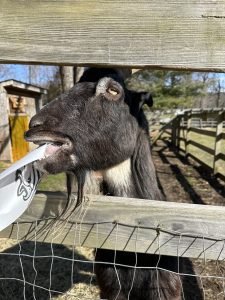
Photo courtesy of Sweetbriar Nature Center
“Hoover prefers not to participate in our events and we always honor the animal’s feelings,” said Program Coordinator Veronica Sayers.
Still, the impact of Hoover’s social media presence is an asset to Sweetbriar’s efforts to educate and inform the public while protecting and preserving wildlife and its natural habitat. As a nonprofit that relies heavily on donations, Sweetbriar Nature Center utilizes all the tools it has available including social media and community outreach.
“We mainly use this to educate the public. The more people know about wildlife, the easier our jobs get,” Sayers said. “Social media is a way to get to a lot of people and educate them. For example, in the last five years, possums have gone from being viewed as pests to being appreciated. Social media helped fix that perception.”
To witness Hoover make his prediction, visit Sweetbriar Nature Center on its Facebook page or on Instagram @sweetbriarnaturecenter.
Sweetbriar Nature Center is located at 62 Eckernkamp Drive, Smithtown. The nature center and preserve are open daily, from 9 a.m. to 4:30 p.m. To learn more about Sweetbriar’s upcoming activities and programs, including a day camp for children ages 6-11, during the February public school break, visit www.sweetbriarnc.org or call 631-979-6344.

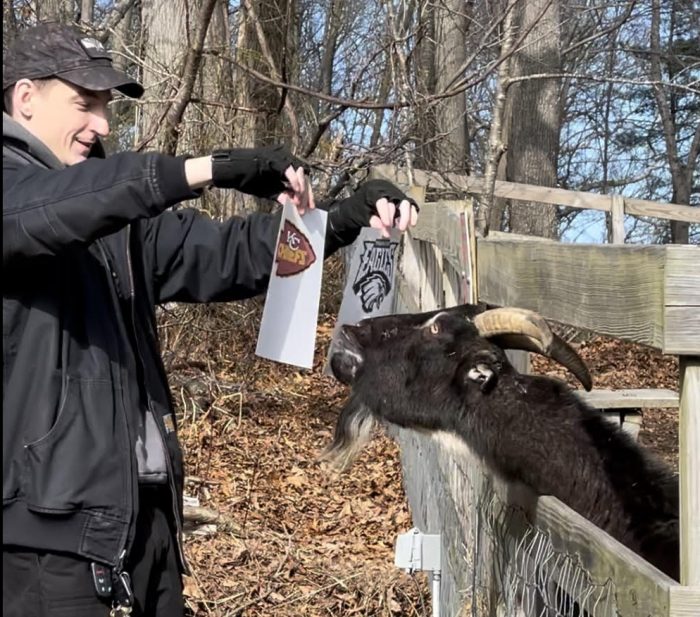
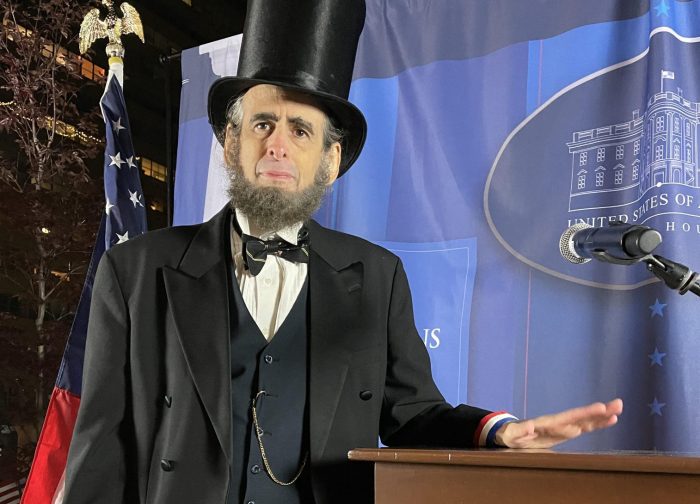
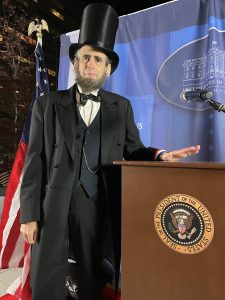
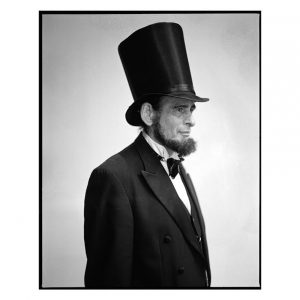
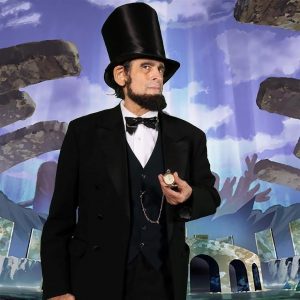 These talks constitute Act One of the organization’s ongoing initiative to engage the public in local culture by invoking the past into the present.
These talks constitute Act One of the organization’s ongoing initiative to engage the public in local culture by invoking the past into the present.
